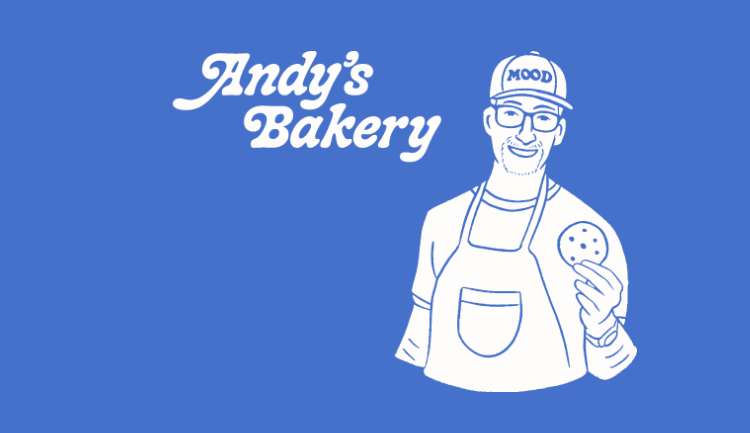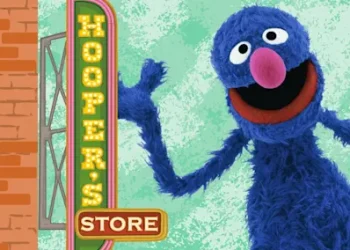Introduction: Reimagining the Cannabis Experience
In a rapidly evolving cannabis marketplace, Mood stands out as a brand that blends legality, innovation, and brand storytelling into a compelling experience. Today’s consumers are discerning: they seek more than a commodity—they want transparency, credibility, and alignment with their lifestyle. Mood delivers exactly that—positioning itself not merely as a product line but as a lifestyle platform centered on “moods,” personal well-being, and the intersection of science and enjoyment.
In this article, we will unpack what makes Mood special, how it differentiates itself in the competitive THC / cannabis-adjacent space, and how it communicates its value to consumers.

What Is Mood?
At its core, Mood is a consumer-facing brand offering federally-legal THC and cannabis-derived products. Its portfolio includes gummies, flower, concentrates, prerolls, vapes, and edible baked goods. Their positioning emphasizes legality (i.e. compliance with federal guidelines), third-party lab testing, discreet packaging, and a curated “mood-based” experience (for example, products targeting “Better Sleep,” “Chill Out,” “Get Energized & Focused,” and so on).
Rather than simply selling cannabinoids, Mood sells an experience: a way for users to align their product choice with a desired emotional or functional state. This emphasis on mood-centric categorization is part of their branding DNA and gives them a narrative edge over brands that sell by potency or strain alone.
What Makes Mood Special
Below are the distinctive strengths that set Mood apart in a crowded marketplace.
1. Federally Legal Compliance & Transparency
Mood emphasizes that its products comply with federal law (notably the Farm Bill’s THC restrictions, such as limiting Delta-9 THC to ≤ 0.3% by dry weight). This is not just a legal shield, but also a marketing promise to consumers who worry about legality, safety, and regulatory risk. The brand also leans on third-party lab testing and makes certificates of analysis (COAs) accessible, thereby promoting trust through transparency.
2. Discrete Packaging & Delivery
Recognizing the stigma still attached to cannabis or THC purchases in many markets, Mood uses minimal, odor-sealed packaging and discreet mailing. This attention to UX (user experience) in the “last mile” shows how seriously they take consumer comfort and privacy.
3. Mood-Centric Product Taxonomy
Rather than merely organizing by potency or cannabinoid type, Mood offers product categories aimed at specific moods or desired outcomes: Sleep, Chill, Energized, Focus, Creative, Happy, Soothing, etc. This approach simplifies decision-making for customers who may not be experts in cannabinoids and prefer to choose by desired effect.
4. Consumer Education & Content
Mood invests in educational content—“Learn” pages, FAQs (e.g. “How do you create the different moods?”, “Will this show up on a drug test?”, “What is THCa?”). By doing so, they position themselves not just as a seller, but as a guide in the cannabis space. This builds longer-term brand credibility and customer loyalty.
5. Social Impact & Brand Values
Mood donates meals, supports animal rescue, and highlights “social good” initiatives on its site. This gives the brand an extra dimension beyond commerce—an appeal to conscientious consumers who want their spending to have positive ripple effects.
6. Aesthetic & Brand Identity
The visual presentation, naming conventions, and marketing tone of Mood feel modern, upscale, and deliberate. From the branding of individual lines like “Pluto” to the internal “Mood Rewards” loyalty program, there is a coherence in brand identity that helps Mood appear more premium and thoughtfully curated than generic alternatives.
How Mood Communicates Its Value (Brand Messaging & Positioning)
Brand Narrative
Mood never sells “just THC.” It sells experiences anchored in emotional states. In messaging, the brand often uses phrases like “Weed for every need” or “Mood gets baked in-house (cannabis-infused cookies made by the founder’s father).” These touches of storytelling humanize the operation and reinforce the idea that there’s more to Mood than raw chemistry.
Customer Reviews & Social Proof
Mood features user reviews prominently (“Love them!!! … Will be a repeat customer.”) and showcases star ratings for products. These social proof elements support trust, especially in a regulated, sometimes opaque industry.
Rewards & Loyalty
The “Mood Rewards” program allows customers to earn points with every purchase, which can later translate into discounts. This encourages repeat purchases and deepens customer engagement.
Quiz & Guided Shopping
On the homepage (“Take the Quiz”), Mood offers guided shopping tools that help users discover which product might suit their preferred mood. This lowers friction for first-time buyers or those unfamiliar with cannabinoid science.

Safety & Legality Messaging
Mood is careful to foreground messages like “100% Federally Legal THC,” “Lab Tested,” “Discreet Packaging,” and other compliance assurances. This repeated messaging reinforces confidence and helps overcome one of the biggest barriers in cannabis-derived product adoption: consumer anxiety over legality and safety.
Challenges & Considerations
No brand is without obstacles. For Mood, potential challenges include:
- Regulatory Uncertainty: Even though Mood adheres to current federal thresholds, laws can evolve. The brand needs to stay vigilant and ensure adaptability.
- Market Competition & Saturation: The THC and cannabinoid-adjacent market continues to grow. Competitors with deeper pockets or established names may erode market share unless Mood continues to innovate.
- Consumer Education Gap: Some potential customers might still find cannabinoid science confusing or intimidating. Mood’s educational efforts must be ongoing and clear to reach less sophisticated audiences.
- Stigma & Public Perception: Despite legalization in many places, there remains social or cultural stigma toward cannabis. Mood’s discreet branding helps, but public perception can still pose a drag.
Outlook & Strategic Opportunities
Looking ahead, Mood is well positioned to expand its footprint and deepen brand loyalty. Here are some strategic directions they might pursue:
- International Markets (where legal): Expanding beyond U.S. federal compliance into other regulated markets could unlock growth opportunities.
- Partnerships & Collaborations: Co-branding with wellness, sleep, or mental health brands could open new distribution channels while reinforcing Mood’s value beyond recreational use.
- Product Innovation: Developing novel formats (e.g. functional beverages, microdoses, formulations combining cannabinoids + botanicals) would keep the brand fresh.
- Deeper Community & Content Strategy: Hosting events, webinars, or community initiatives could strengthen brand loyalty and word-of-mouth reach.
- Subscription & Membership Models: A subscription service for mood-based delivery could stabilize recurring revenue and lock in engagement.
Conclusion
In a market crowded with promises and products, Mood differentiates itself through a combination of compliance, transparency, narrative, and design. It doesn’t merely sell THC products; it sells a guided, mood-based experience anchored in trust and education. Its investments in branding, customer experience, packaging, and social good all contribute to a coherent identity that resonates in a crowded space.
If Mood continues to evolve along these lines—balancing innovation with regulatory vigilance and consumer empathy—it is well-placed to remain a leader in the next era of cannabis-adjacent lifestyles.












